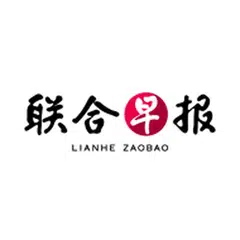Will mainland China see a 'tsunami' of Covid cases?

China's "dynamic zero-Covid" policy has been the guiding principle in the country's three-year fight against the pandemic, but after the authorities launched the ten new measures on 7 December, everything started to change. "Dynamic zero" no longer appeared in official documents and speeches, seeming to have fulfilled its mission.
After the new measures were announced, many public health experts who had kept a low profile also suddenly made appearances and statements, trying to downplay the severity of Covid.
These comments are in complete reverse to China's past narrative.
Zhong Nanshan, an academician of the Chinese Academy of Engineering (CAE), said at a public event on 9 December that most Covid cases recover in seven to ten days. While preventive measures are still necessary, over-prevention will cause greater secondary damage. Zhong even tried excluding asymptomatic cases, noting: "When one has the virus but no symptoms, this might not be considered getting ill."
In an exclusive interview with state media People's Daily on 8 December, fellow CAE academician Li Lanjuan also said: "With the Omicron variant globally dominant, the infected mostly have mild or no symptoms. While asymptomatic cases are infectious, they are not patients, and there is no need to panic."
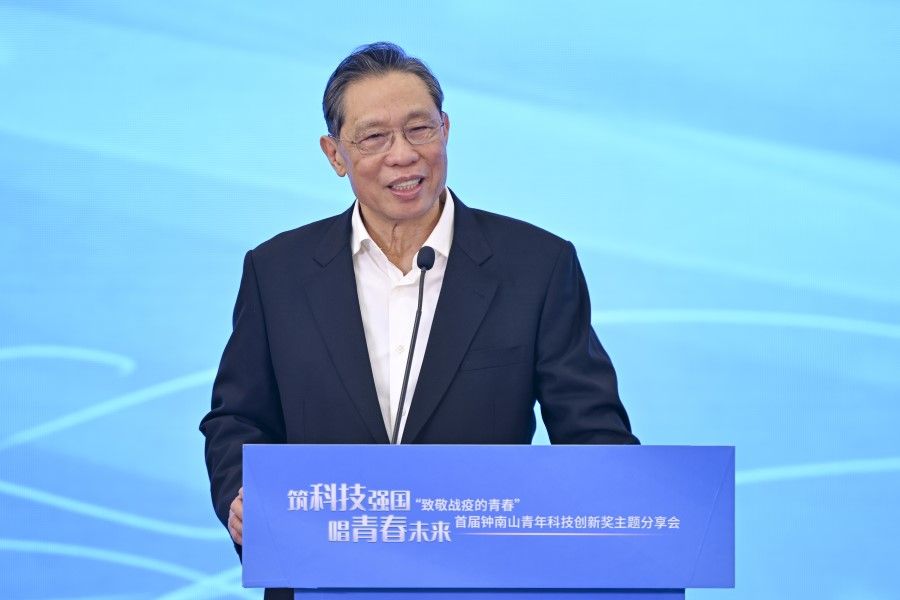
These comments are in complete reverse to China's past narrative. The aim is obviously to ease public fear of Covid. But in truth, even if the authorities have segued into a U-turn without signalling, people are still unsettled about the future.
"Now, my feelings are mixed. There is a sense of release, but also melancholy; like everything has changed, and yet nothing has changed." - Netizen Nanako the Kid
The day after the new measures were announced, "goodbye health code" became the most popular topic on China's social media. Getting rid of the most troublesome thing in daily life should be something to be celebrated, but many netizens have mixed feelings.
A netizen with the handle "Nanako the Kid" (娜娜子小朋友) said previously they kept wondering when green codes were no longer necessary to go out and testing would be made redundant; there was fear that the higher the hopes, the greater the disappointment, and such days would never end. In the end, it seems that a new period has begun suddenly and quietly.
"Now, my feelings are mixed. There is a sense of release, but also melancholy; like everything has changed, and yet nothing has changed."
Another netizen "Soft Bolster Li" (软抱枕小李) lamented that the wind changed drastically overnight and the atmosphere warmed up again without warning, like on a sudden order, the people's lives could go on fast forward at the click of a button, which made the loss of lives over the past three years seem even more ludicrous.
Failed hype by the authorities
Amid all the hype by the Chinese authorities, there have also been failed attempts.
On Thursday, China Central Television (CCTV) News host, Bai Yansong said: "The announcement of the ten new epidemic prevention measures and various improvements in epidemic controls imply that we are officially moving towards ending the Covid lifestyle. However, this is not the same as ending the epidemic."
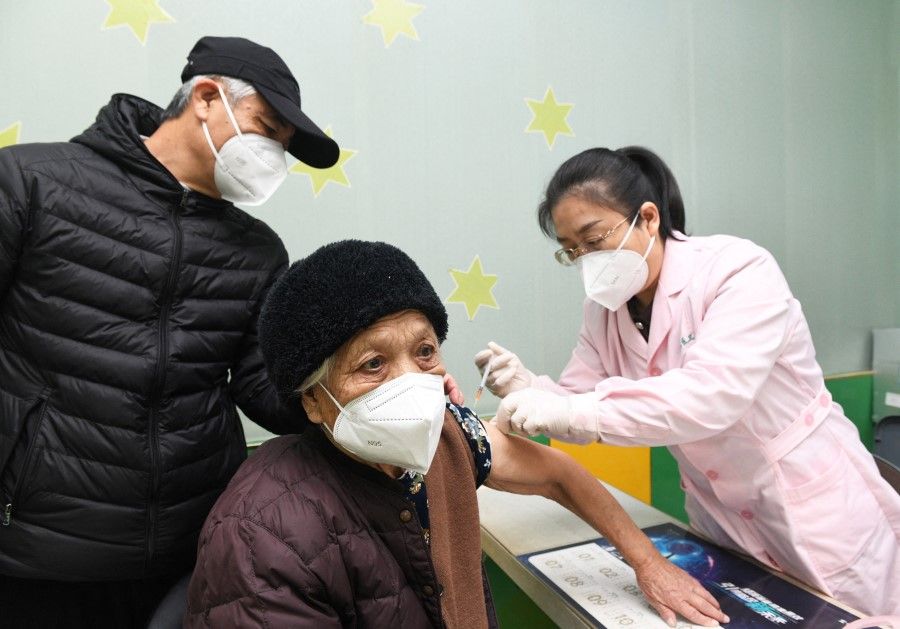
This statement instantly stirred up much discussion on Weibo. "We are officially moving towards ending the Covid lifestyle" also made it to Weibo's hot searches, garnering at least 600 million views by the afternoon of 9 December.
They believed that this was only the end of strict control measures but not the end of the pandemic. It could even mean the beginning of an impending major outbreak...
Chinese netizens had polarised attitudes towards the statement. On the one hand, some people were encouraged with the hope of returning to pre-Covid life and leaving Covid behind.
On the other hand, some felt the authorities were playing with words, and the statement was misleading and contradictory. They believed that this was only the end of strict control measures but not the end of the pandemic. It could even mean the beginning of an impending major outbreak.
As discussions continued, some netizens began wondering if China was opening up too quickly, leaving people at a loss: "At the end of November, the authorities ended its one-size-fits-all approach, and at the beginning of December, they simply did away with sizes."

Netizen Mr Lu Dan (路诞先生) raised four doubts on current Covid controls: first, whether there is short-term immunity after a Covid-19 infection; second, whether local healthcare organisations have the ability and resources to ensure severely ill patients receive timely treatment; third, whether the authorities will still heavily subsidise hospitalisation costs; fourth, whether current vaccines are efficacious enough against the current virus strain, and when the new vaccines will be released.
Some netizens were also worried that the prevalence of expensive medications due to the lack of supply puts the elderly and children at risk, while healthcare resources also face tremendous stress, making it a bumpy path towards ending the epidemic lifestyle.
Bumpy road ahead
These worries and concerns are not unfounded because China's zero-Covid U-turn is indeed filled with challenges.
Over the last three years, the authorities have implemented large-scale lockdowns and mass testing to keep Covid-19 infections and deaths to a minimum. Thanks to these measures, most Chinese have never been infected with the coronavirus and do not know what it means to be infected. But this also implies that China lacks immunity in the population. If Covid restrictions are eased too quickly, it would certainly result in a huge Covid-19 outbreak.
... between 1.3 and 2.1 million people could die in the pandemic, with the outbreak potentially peaking during the Chinese New Year festivities... - London-based research firm Airfinity
According to Reuters, Nomura analysts said in a note on 8 December that China's infection rates are only around 0.13%, which is far from the level needed for herd immunity. Quoting health experts, China Newsweek reported on 8 December that China could face a massive outbreak in the next month or two. Feng Zijian, a member of China's joint prevention and control task force on pandemic management, said that 60% of Chinese people may be infected in the first wave, while roughly 80 to 90% of the Chinese population may eventually be infected with the virus.
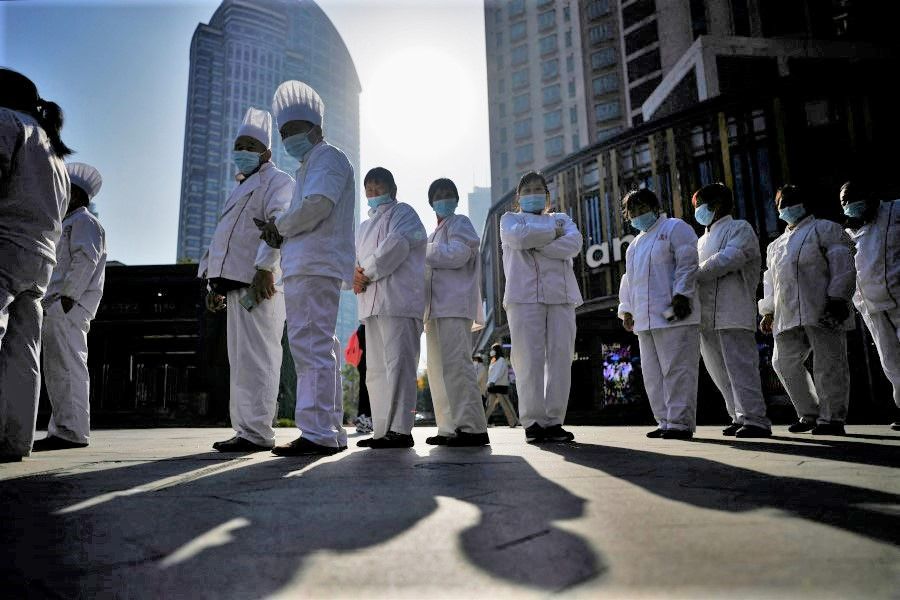
The Economist estimated on 1 December that if Covid-19 were allowed to spread unchecked, 96% of the Chinese population would end up catching it, with new infections peaking at 45 million people a day after a month. If there was no lack of intensive care units (ICU), fatalities would reach 680,000. But the article also estimated that at the peak of the outbreak, China would need 410,000 ICU beds, almost seven times the current supply. In a situation with a shortage of ICU beds, the fatality rate could be much higher.
London-based research firm Airfinity predicted that between 1.3 and 2.1 million people could die in the pandemic, with the outbreak potentially peaking during the Chinese New Year festivities next year.
Despite China's massive population, this number is still pretty appalling. Even the US and India, which report the highest number of confirmed cases in the world, have yet to reach this number of deaths.
The Worldometer showed that China only recorded 5,235 Covid deaths as of 9 December.
Vaccination rates too low
However, in the face of such a huge infection wave, China's current vaccination rate is clearly too low, especially among the elderly, who belong to the most vulnerable segment of the population.
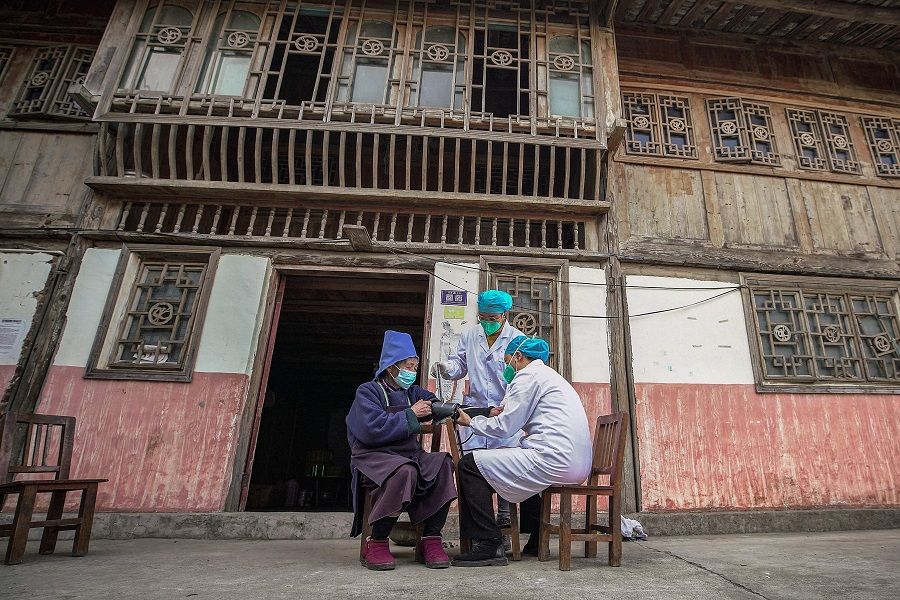
Agence France-Presse reported on 8 December that while roughly 90% of the Chinese population have received a full course of the vaccines, about one-third of those aged 80 and above have not. Although the authorities have accelerated elderly vaccination campaigns, the reluctance of the elderly to get vaccinated poses a huge challenge to the programme.
Lawrence Gostin, director of the World Health Organization Collaborating Center on Public Health Law and Human Rights, told Voice of America that China's low natural immunity and inadequate administration of vaccine boosters, not to mention the highly transmissible Omicron variant, could lead to a spike in hospitalisations and deaths, especially among the elderly and those with chronic diseases.
In his view, the Chinese authorities failed to put in place a coherent strategy to prevent the overburdening of the healthcare system, and should have gradually exited from the zero-Covid policy many months ago.
...mainland China could see a "tsunami" of Covid cases as it was not well-prepared for such a sudden easing of controls, and during winter at that. - Professor Jin Dong-Yan, School of Biomedical Sciences, Lee Ka Shing Faculty of Medicine, University of Hong Kong
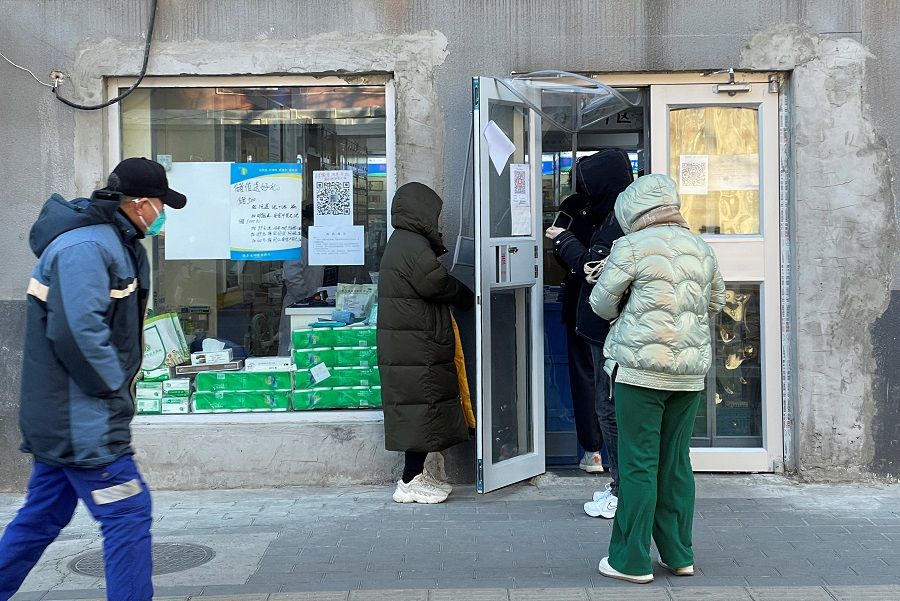
Professor Jin Dong-Yan of The University of Hong Kong's Lee Ka Shing Faculty of Medicine, School of Biomedical Sciences, told Radio Television Hong Kong on 9 December that mainland China could see a "tsunami" of Covid cases as it was not well-prepared for such a sudden easing of controls, and during winter at that. He thought their latest Covid-19 outbreak may not end within two months like it did in Hong Kong.
China's three-year-long Covid narrative has brainwashed the people to believe that Covid-19 is an infectious disease that has to be prevented and eliminated with stringent control measures. But this narrative has been overturned within a matter of days although the preparatory work may not have been adequate.
Although officials have emphasised that the government will take small, consistent steps to optimise Covid measures, when the future remains uncertain and the people do not know what these steps are, it is inevitable that they would be filled with unease and anticipation at the same time. This is perhaps the road that must be trodden as China emerges from the pandemic gloom.
This article was first published in Lianhe Zaobao as "中国民众忐忑又期待的防疫大U转".
Related: Is China ill-prepared for a surge in Covid cases? | What can we expect now that China's 'zero-Covid' is no more | Do not expect a U-turn of China's Covid policy | China is finally easing Covid rules, but not all are happy | Chinese Covid testing firms come under fire for pandemic profiteering | China's young and old have opposing views on zero-Covid
